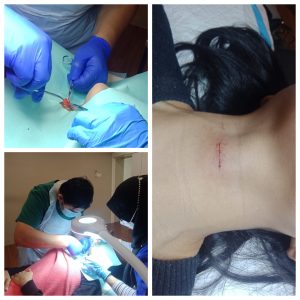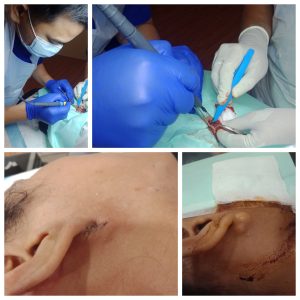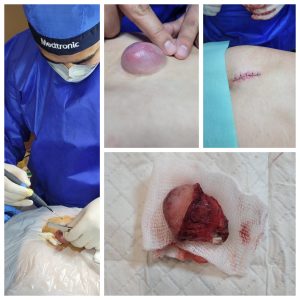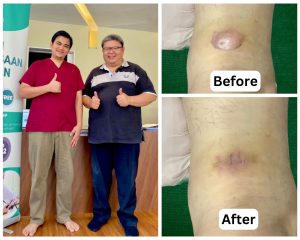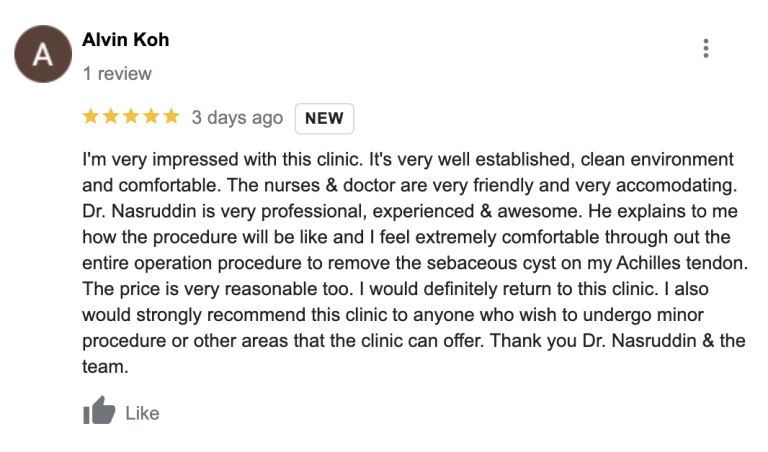Lump or swelling of the skin
A lump is a swelling underneath the skin. Depending on the causes, a lump can be painful or painless. It can grow insidiously or rapidly. And there can be associated skin changes overlying the lump. Before we talk about lump surgery, we need to properly diagnosed it first so that we can plan the treatment properly.
Most of the time, a doctor can diagnose the cause of lump based on the history and physical examination. The doctor will examine the location of the lump, the consistency, whether it is mobile of fixed to the underlying structure, whether there is associated skin changes with the lump and any discharge coming from the lump.
In some cases, the doctor need further imaging study to confirmed the diagnosis. Imaging study like ultrasound and MRI will help determine the origin structure of the lump, whether it is attached to any underlying organ or how deep the lump is in the tissue.
Surgery for lump is done under local anaesthetic. During the surgery, you will feel no pain. Painkillers will be given after the procedure so that the whole process remains pain free until you have recovered
Causes of a lump
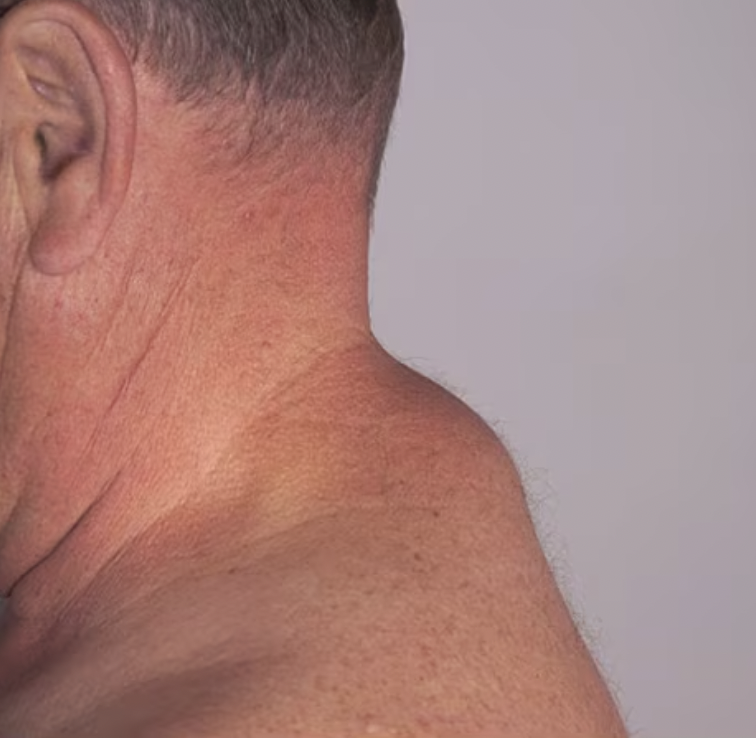
LIPOMA
A lipoma is a collection of fat tissue usually between the skin and underneath muscle. It is a slow growing, soft to rubbery consistency and will move easily with slight pressure. A person can have more than 1 lipoma, and usually occurs in the middle age group.
Lipoma is a benign lump. However, if it is growing fast, causes pain, has an irregular shape and the skin overlying it changes in colour, you should seek consultation with a doctor
So far, the only recommended treatment for lipoma is surgical removal. Topical application cream does not work to treat lipoma. There are also few case report of lipoma successfully treated with lipolysis injection, but more study is needed on this.
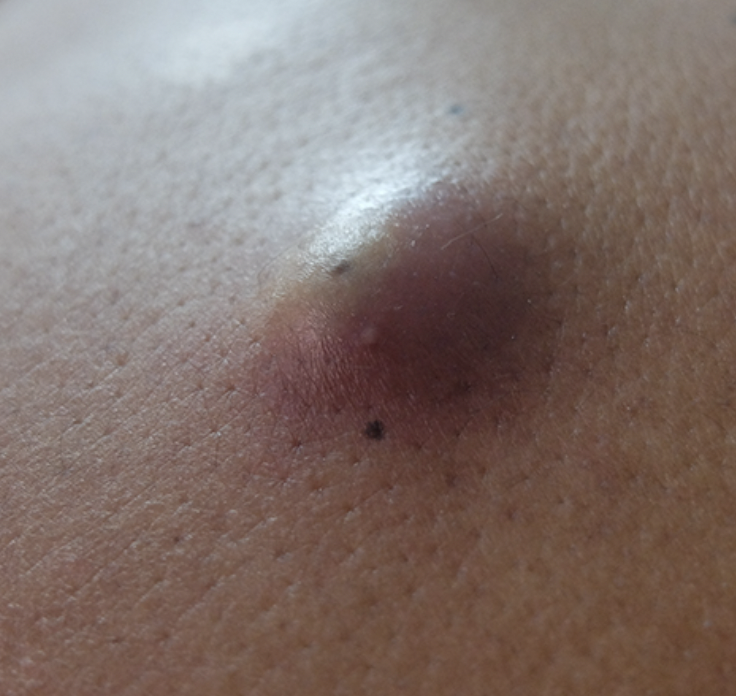
SEBACEOUS CYST
A sebaceous cyst originates from the sebaceous gland, which functions to produce oil for our skin. When the duct for the gland is obstructed, the content gets accumulated and forms a swelling. It usually contains keratin, fat and skin material.
Sebaceous cyst will appear as a yellow to white lump on the skin, with soft to firm consistency and easily moves when pressure is applied.
It is a harmless lump. However, it can get infected and causes swelling, redness of the skin and pus production. There is also a small chance of it turning into cancerous lump.
Most of the time, sebaceous cyst can be left alone. However, if it causes pain, cosmetic problem, becomes infected or looks suspicious, surgery is recommended. Excision of a sebaceous cyst must be done by a trained surgeon so that the capsule is removed together with the cyst. If not, it can recurs again
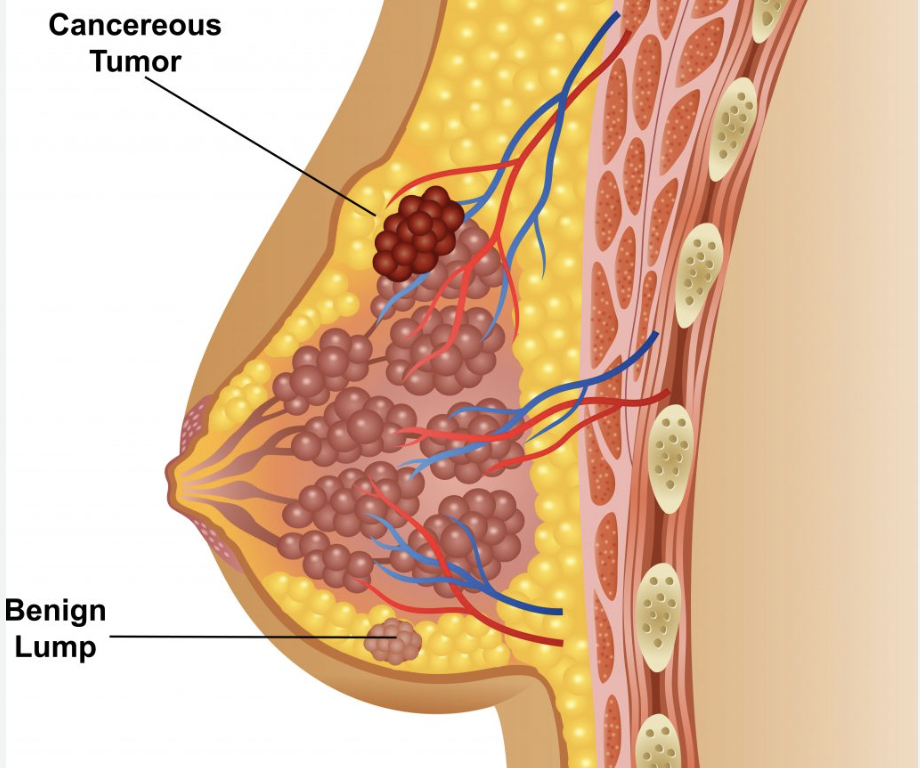
BREAST LUMP
Almost 50% of women will develop fibrocystic breast lump throughout their life. These are benign (non-cancerous) changes that occurs due to fluctuating estrogen and progesterone hormone.
There are many causes of a breast lump, from simple fibroadenoma to cancerous adenocarcinoma. Signs of a cancerous breast lump are:
1. Fast growing swelling
2. Irregular surface and margin
3. Overlying skin changes like dimpling and ulcer.
4. Nipple retraction
5. Nipple discharge
6. Pain
It is not advisable to self diagnose a breast lump as 10-20% of it can be cancer.
When to do surgery
Often, when there is an abnormal lump on our body, the question that we will ask ourselves is whether to do surgery for removal or not. Not all lumps and bumps need to be removed! Here are some pointers to help you decide:
- Suspicious lumps should be removed and sent for cancer testing. Lumps that grow rapidly, causes pain, has an irregular margin or bumpy surface, or the skin overlying the lumps looks different from the surrounding area is considered suspicious.
- If it is not disturbing you, ie not causing any pain and disturb your daily function, it can be left alone.
- Another reason to remove a lump is for cosmetic reason. However, the surgery itself can leave a scar and should be put into consideration.
- Sebaceous cyst can get infected by bacteria. The signs of infection are warmth over the skin, redness of the skin, pain and discharge coming from the lump. If this occurs, it should be drained and removed as soon as possible to avoid the infection spreading into the bloodstream.
photo gallery
